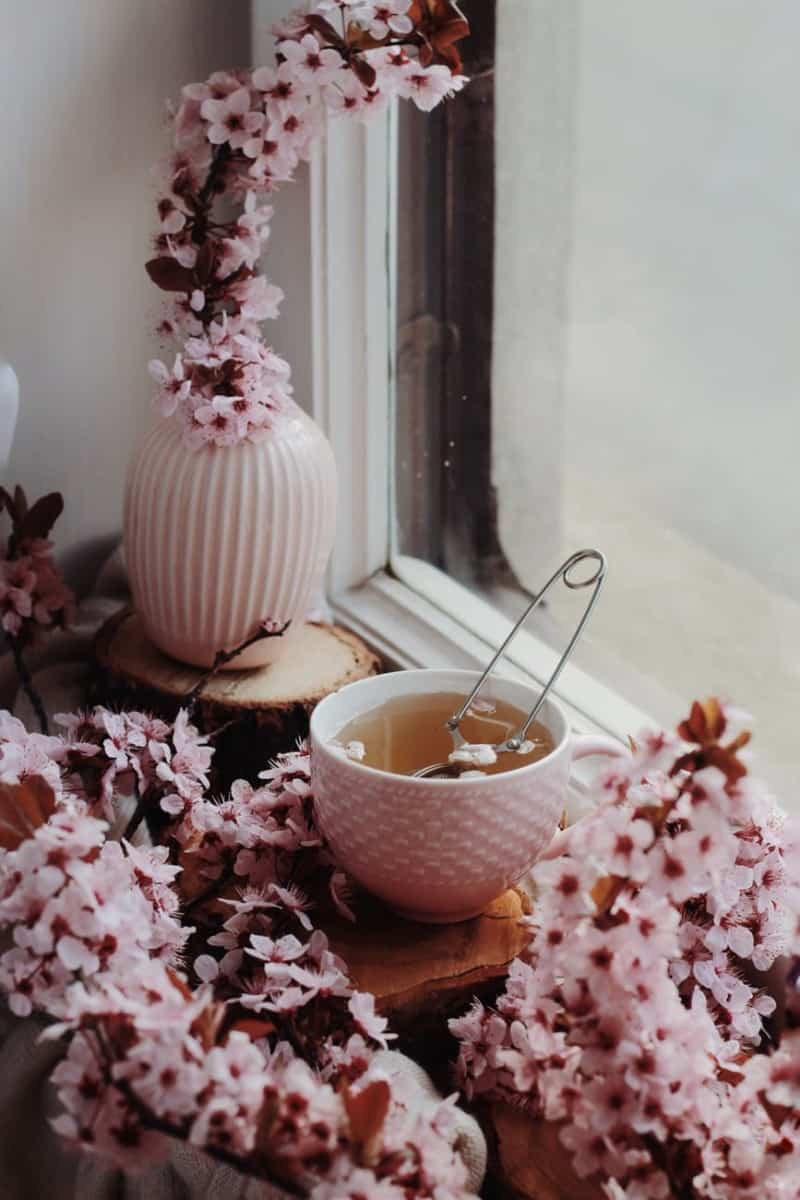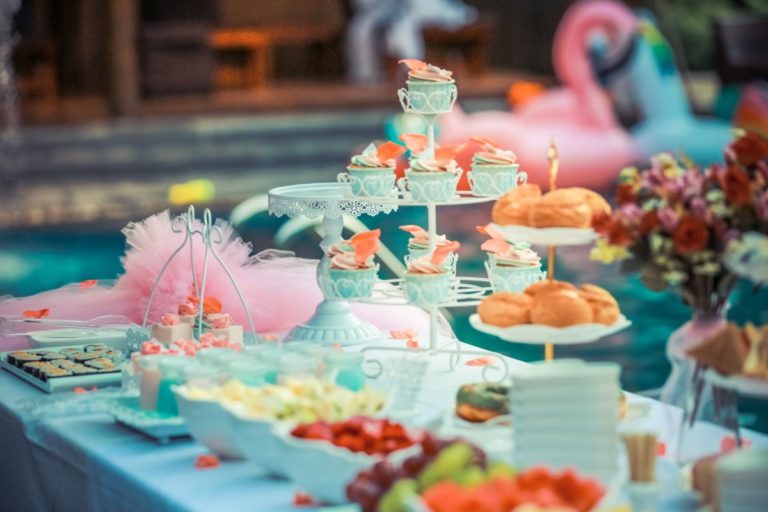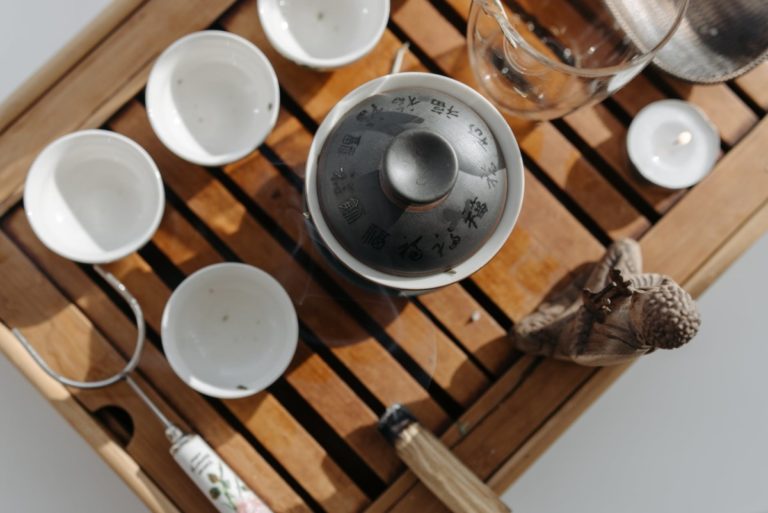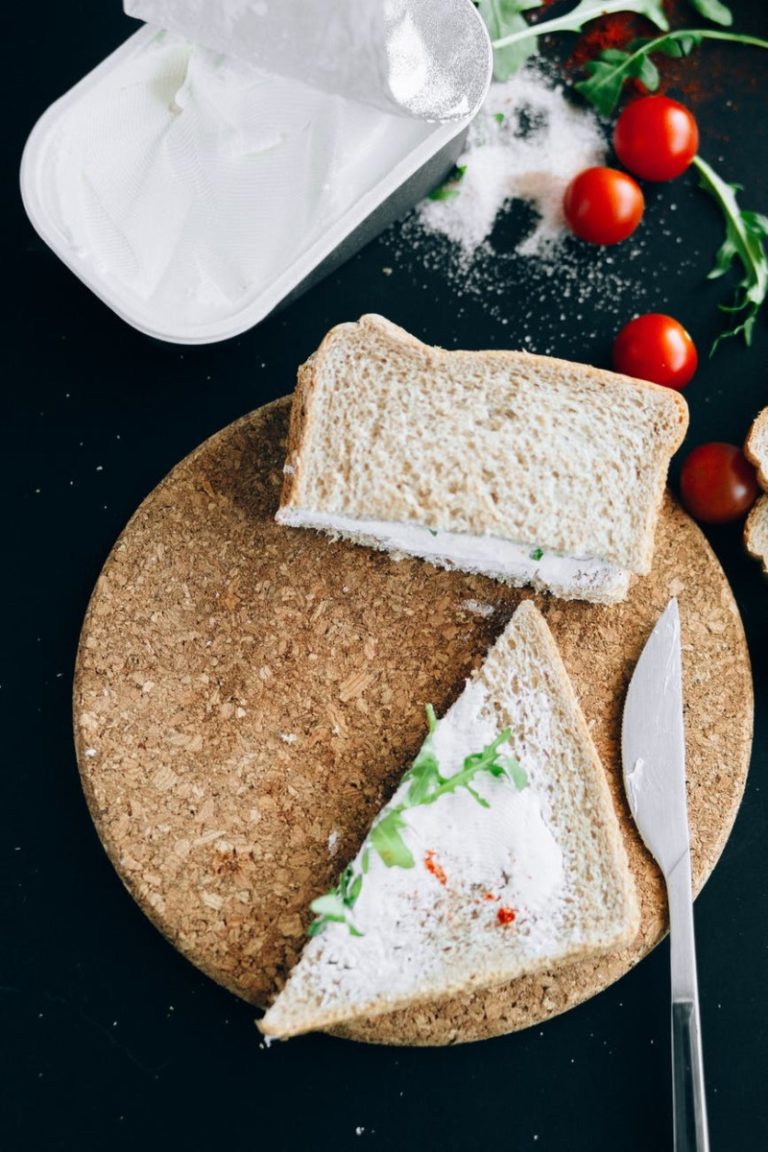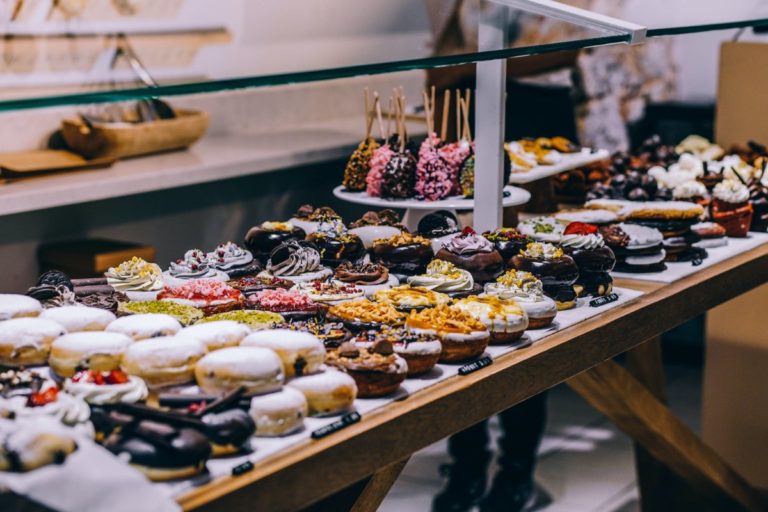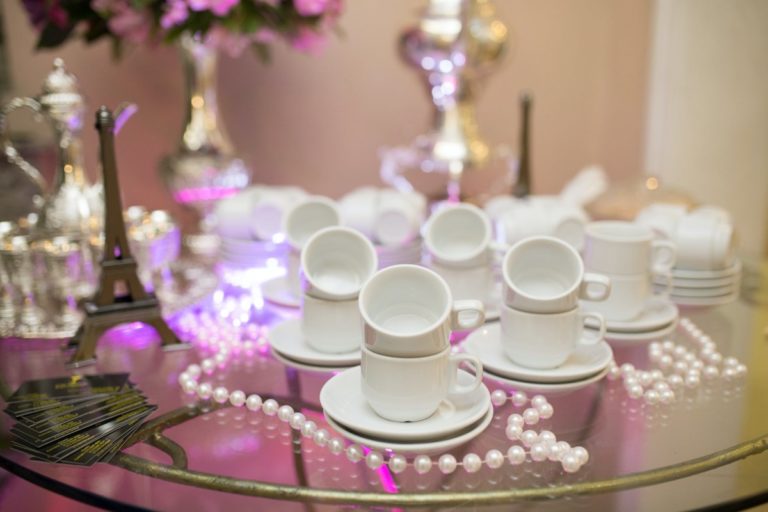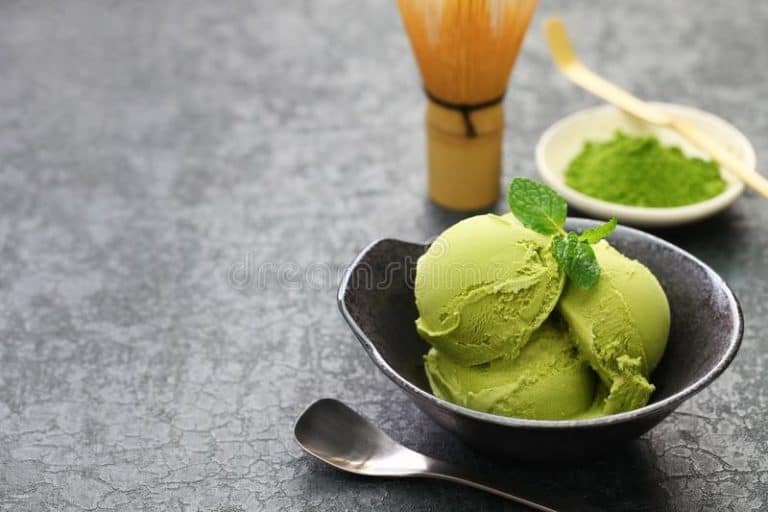Tea Brewing Tips: How To Make The Best Tea Ever At Home?
Do you like hosting gatherings as much as you enjoy drinking tea? There is something about tea that lends a certain touch to a gathering; specifically, the manner in which it can elevate even the most ordinary day into a formal occasion. Because of all of the fascinating history that surrounds this beverage, we feel the want to get out our most elegant dinnerware and dress in clothing that we only pull out for important events when we think about it. In addition to providing a welcome diversion from the routine, it motivates us to create exquisite and even creative dishes for our visitors. Any time of year, any day of the week, and at any point in the day are all great times to get together with friends for a cup of tea since it provides the right atmosphere for conversation.
Do not put off throwing your next party till the next holiday or someone’s birthday comes around. A simple cup of tea is an excellent excuse to host a gathering of your close friends in the afternoon. On this website, we hope you will discover some ideas that will inspire you for your next tea party, and we look forward to hearing about them. Tea is good for your health; drink it!
Fill Your Tea Kettle with Good Water
When steeping tea, it’s important to use water that already has a pleasant flavour on its own. The flavour of your tap water, particularly if it smells or tastes strongly of something like chlorine, will have a detrimental impact on the flavour of the tea. Instead of using distilled water, use safe drinking water that has been bottled or filtered. Because distilled water is devoid of the minerals that are necessary to produce a tasty tea infusion, utilising it will cause your tea to have an unremarkable taste. Always make sure that the water you use to brew your tea is completely oxygenated and cold. If you are going to use water from the tap, let the water run for one minute before you fill your tea kettle.
Also, you should never re-boil the same pot of water since it will result in a cup of tea that has a reduced oxygen content and is less flavorful. When water is allowed to boil for a longer period of time, more oxygen is produced.
Maintain the Proper Water Temperature for Brewing Tea
One piece of temperature advice that is sometimes disregarded is to preheat the teapot before adding water from the kettle to it. This will prevent the temperature of the water from fluctuating too much and will keep it at a constant level. Before you begin steeping the tea, you need first warm the teapot. To do this, pour some water into the pot from the kettle just as it is getting close to boiling, swirl the water about, and then drain the water out via the spout of the kettle. At addition, maintain the teapot in a convenient location next to the kettle for the same purpose. If you have to carry the kettle across the kitchen to get to the teapot, the water’s temperature will drop significantly before it reaches the desired level.
Use Infusers and Strainers
Because leaving tea leaves in hot water for too long causes over-steeping and a bitter taste, you’ll need to plan ahead of time how to remove the loose tea leaves from the brew. There are two major options: straining the leaves or using an infuser.
If using a strainer, make just enough tea to fill up your guests’ cups and empty the teapot using a strainer to catch the leaves as you pour. Another option is to strain the brewed tea into another pre-heated teapot. This way you will not need to serve all of the tea immediately and can even keep it warm for a long period of time by putting a tea cozy over the pot.
You might find an infuser to be an easier option. Many teapots can be purchased with a built-in infuser or you can buy one separately. The ideal infuser gives the tea leaves plenty of room to unfurl and expand in the water. Large cylindrical or pyramid-shaped infusers are great.
Avoid using little mesh balls because the cramped tea leaves do not have enough room to expand as they rehydrate. But if the convenience outweighs the flavor disadvantages for you, be sure to use stainless-steel tea balls and only fill them partly full. If you need to add more tea, use multiple tea balls rather than stuffing all the leaves into one.
Find the Perfect Teapot
Ceramic and cast iron make good materials for teapots because they retain heat well. The only metals that will not alter the flavor of the tea with a metallic taste are silver and stainless steel. Aluminum and enamel should only be used for boiling water in tea kettles, not teapots where the infusions occur.
Yixing teapots are treasured by tea aficionados and should only be used to brew one type of tea. Over time, the stoneware retains the flavor of the tea which adds a unique taste to each infusion. Chinese black and green teas are good teas to use with a Yixing teapot.
Don’t Clean Your Teapot With Soap!
Never, ever wash your tea with dish soap and water (unless you like the taste of soap), because the residue from the soap will affect the taste of future infusions. Simply rinse teapots with water after use and when stains from the form of the infusion, wash the pot with a mixture of hot water and a few tablespoons of baking soda.
